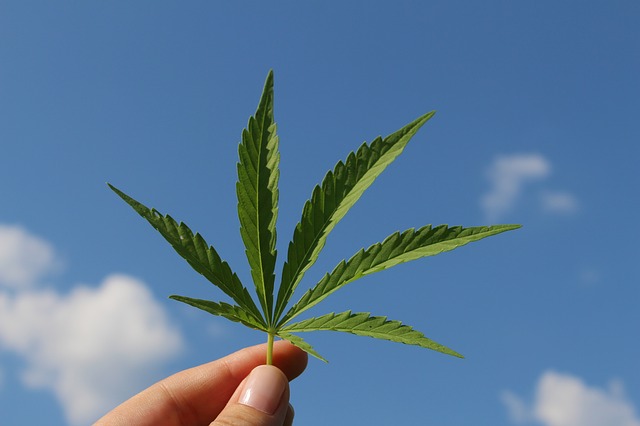What are the differences between CBD and THC for Medical Uses?
Lately, the topic of medicinal cannabis is on everyone’s lips. Every time we see more pharmaceutical companies are interested in research and the different uses that can have both in health and in other areas.
But, do you really know the difference between THC (Tetrahydrocannabinol) and CBD (Cannabidiol)?
Although culturally cannabis was very badly seen, especially by the use given to it since its massive appearance in the 20th century, and due to the commercial restrictions due to its illegal drug classification, it is the less dangerous substance of its type that we can find or ingest.
Obviously, due to the investigations that were carried out over the past few years, prejudice and ignorance are being left behind to become one of the least harmful drugs of all time.
And it is not bad at all, since it is a “special plant” like many others that Mother Nature provides, as it has happened since – in the past – we learned what is good and what is wrong, although it could be said that this is relative since it always depends on the purpose or uses that is given to a certain substance.
Even NFL athletes recently and former champions of the sport have addressed the inclusion of this as an alternative to opioids and how it should be allowed to lower the pain, especially for athletes who suffer extensive injuries. As the NFL preseason 2019 heats up, this is a debate that will keep going, not only in this franchise but in other elite sports.
What do the TCH and CBD have in common?
Let’s start from the basis that all mammals, including humans, have a system called the “endocannabinoid system“. This system is similar to what we humans also have to produce dimethyltryptamine, better known as DMT or N, N-DMT, in very low doses to produce a similar effect when it is synthesized.
Continuing with the intercellular communication system (endocannabinoid system), this is activated naturally to create homeostasis, but it can also be stimulated by cannabinoids of vegetable origin (phytocannabinoids), such as those found in the marijuana plant, causing heterogeneous effects to which the organism produces naturally.
The main receptors of the endocannabinoid system located in the immune system and central nervous system are CB-1 and CB-2.
So, what are the differences between these two substances?
THC
The psychoactive component of cannabis is THC and it’s linked in the brain with the following two receptors:
- CB-1: Increase appetite, memory, concentration, and pleasure.
- CB-2: It has a function in the homeostasis in some parts of the body like the liver and the kidney, at the same time that it moderates pain sensation.
THC is used to treat sleep disorders such as insomnia because in general – depending on genetics – it causes drowsiness. It is also used to counteract the loss of appetite since eating produces a sensation of pleasure.
However, the varieties that contain the most THC are found to be used recreationally. At the same time, they are the most restricted in most countries. You may imagine why.
CBD
This type of substance communicates with receptors such as 5-HT1A or GPR55. By not being psychoactive, it interacts in many different ways with THC for the purposes of cannabis but counteracts the effects of TCH in many aspects.
The proportion of CBD is crucial to determine the effects of marijuana. At the same time, its antipsychotic properties are added, balancing the strongest effects to be under the influence of this substance.
In addition, it reduces the deterioration of memory caused by THC. In this way, you will not forget what football match you saw last night. Feeling better, huh? It is also linked to energy because it produces feelings of restlessness, curiosity, and desire to move or do something.
It is for this reason that CBD is the most researched component for medicinal uses. It is safe for most patients since it has no psychotropic effects and has stronger anti-inflammatory properties than its complementary friend. Medicinally speaking, this component can be used to treat conditions such as:
- Refractory epilepsy
- Muscle spasms
- Arthritis and rheumatism
- It has an anticonvulsive effect
- It is anxiolytic and antipsychotic
- Treatment of schizophrenia
When it comes to dosage, it depends, 10mg is the standard dose of THC in edibles but can be as high as 100g. However, the exact figure will depend on several factors, including your metabolism and therapeutic needs.
Conclusions
If you use it recreationally, keep in mind the balance of these two substances. If you are trying to use them medicinally, you may need a medical card for THC but CBD is legal everywhere in the US and so can be purchased freely. The laws on THC are similar to those for marijuana in that they differ greatly from state to state. For example, getting a medical marijuana card in Arizona is very different from California due to legalization laws (you can learn how to get a legal medical card in Arizona here). Therefore it’s worth checking your regional legislation before buying THC.
Always remember that both THC and CBD work together perfectly. They regulate each other.
As always, be responsible for the decisions you take to consume one or another variety. Healthy mind, healthy body!



